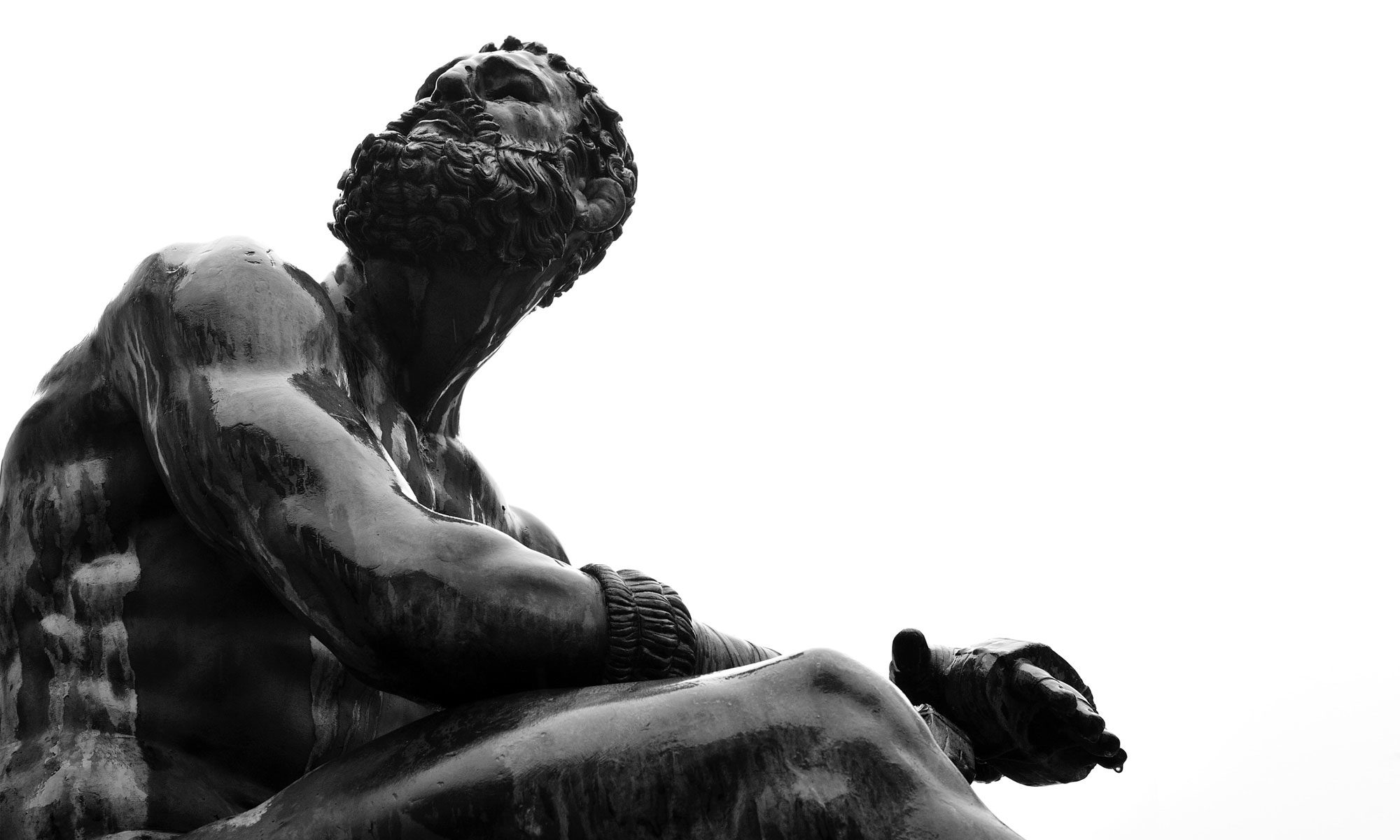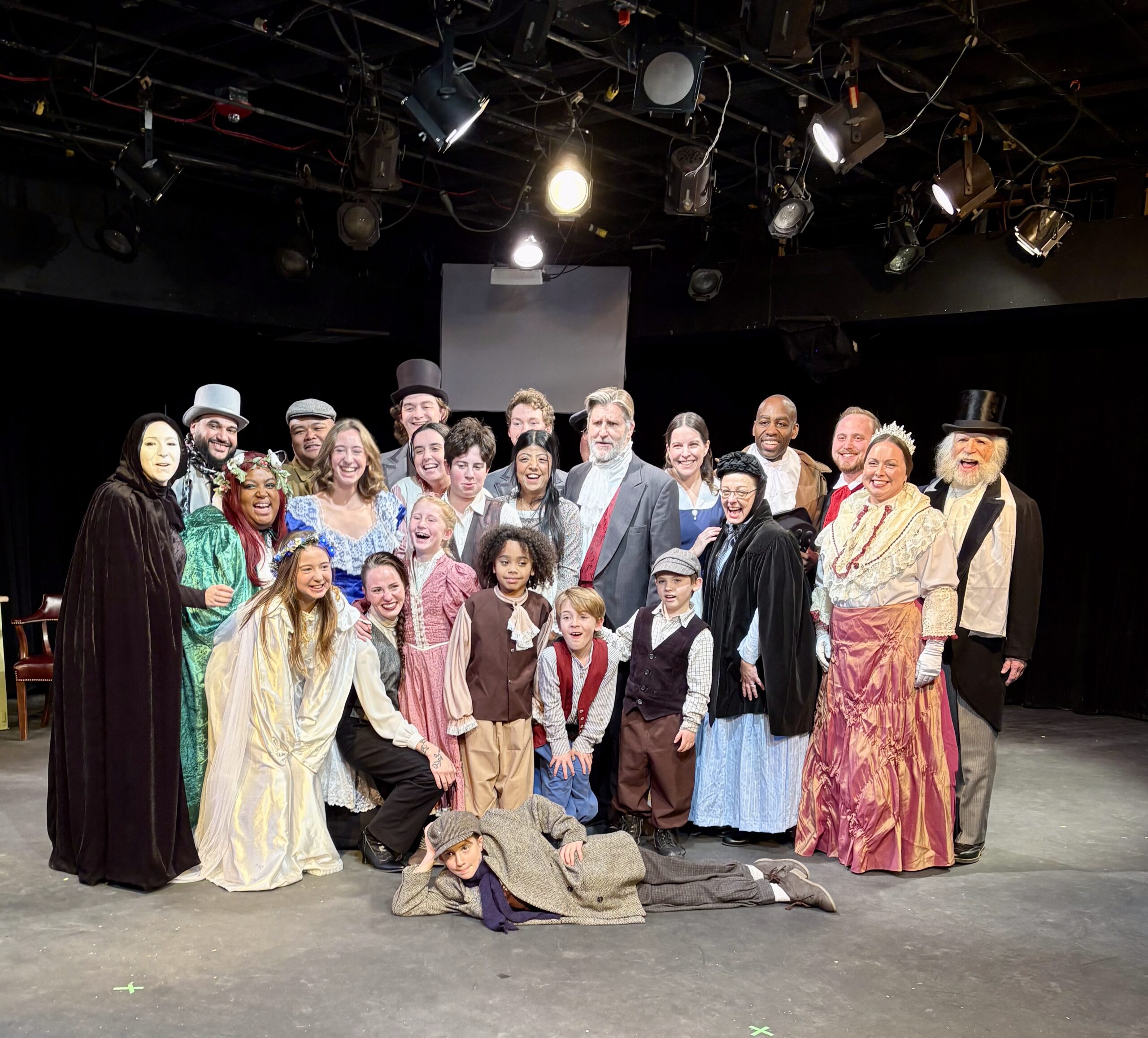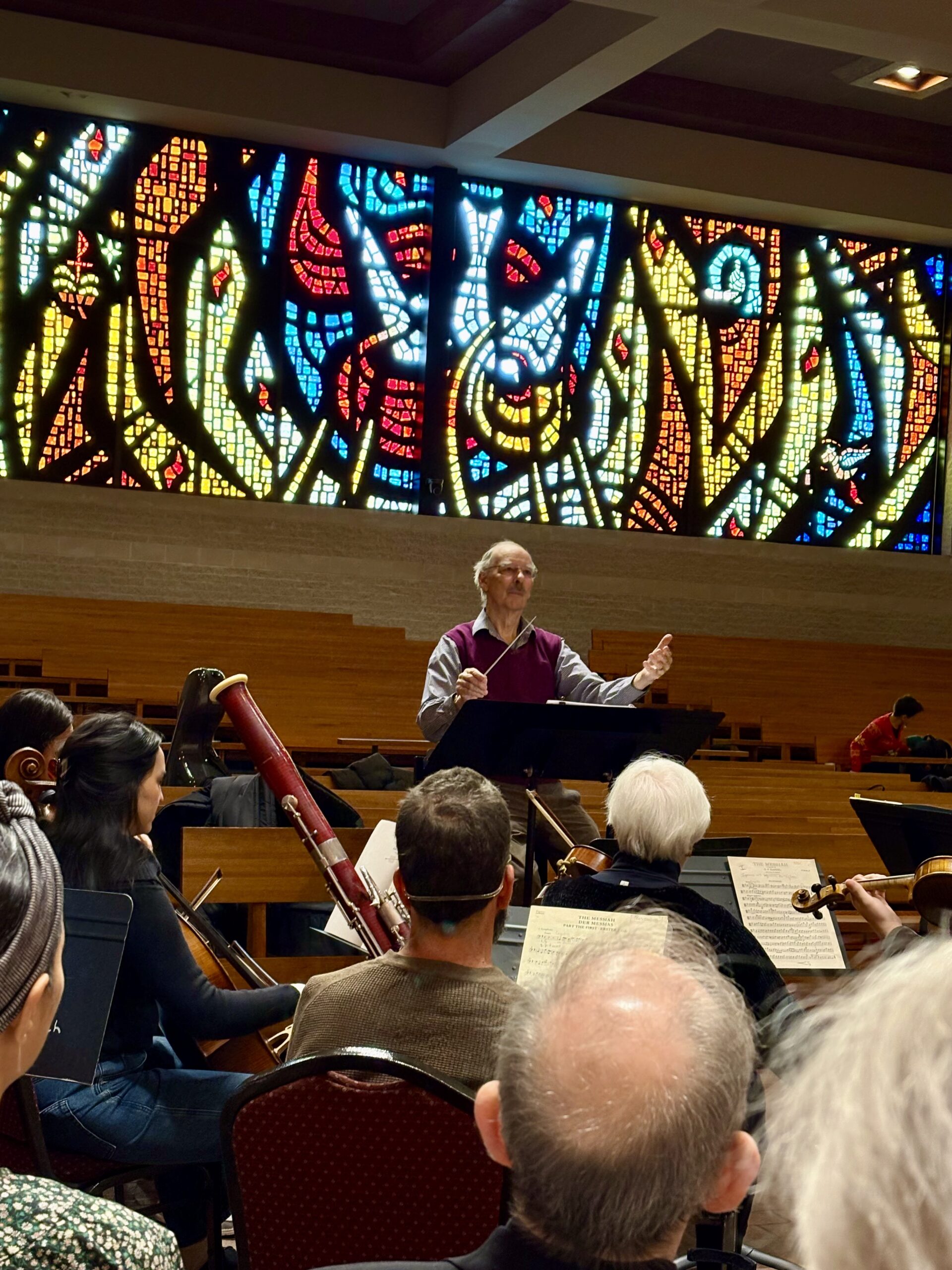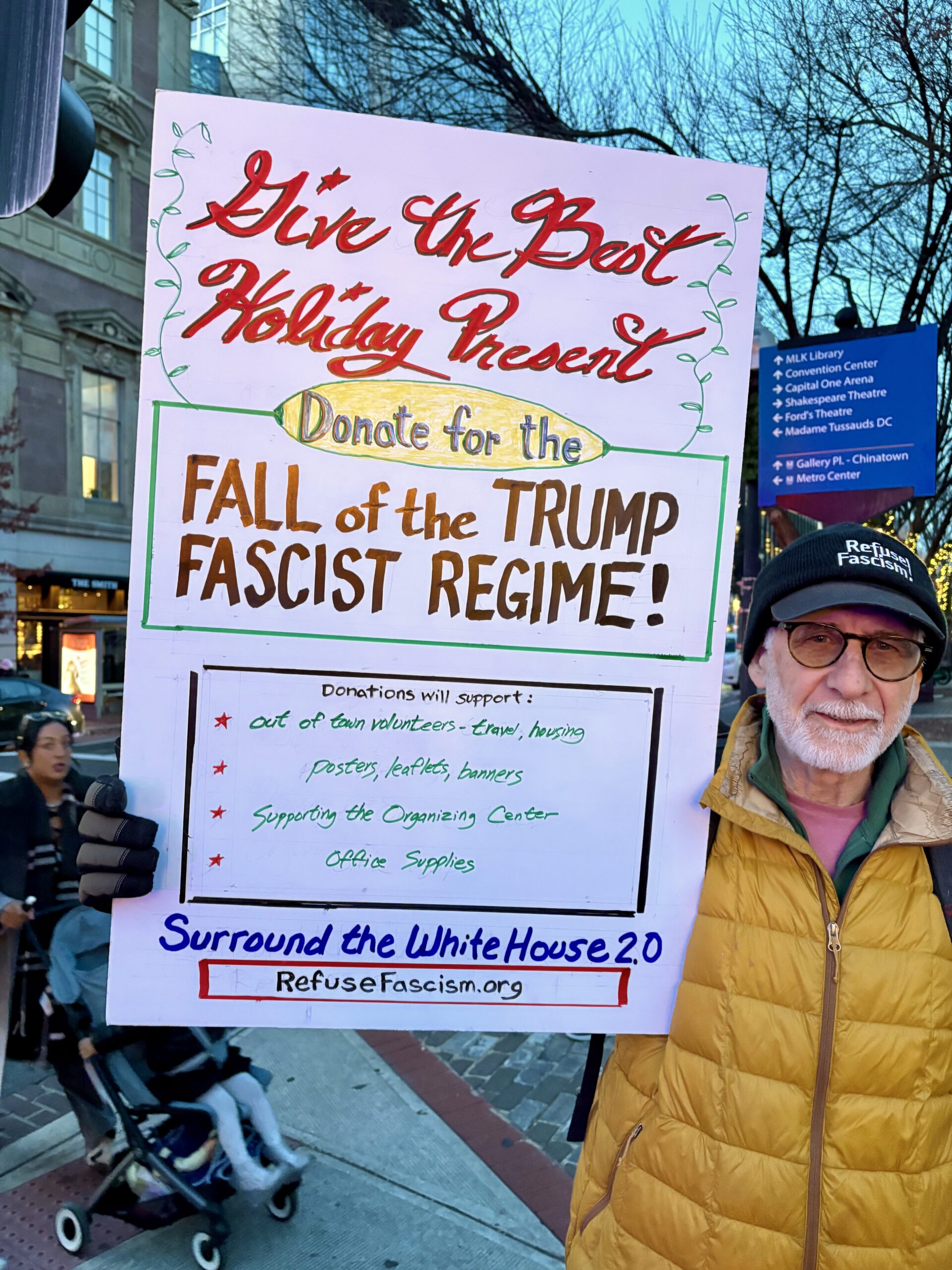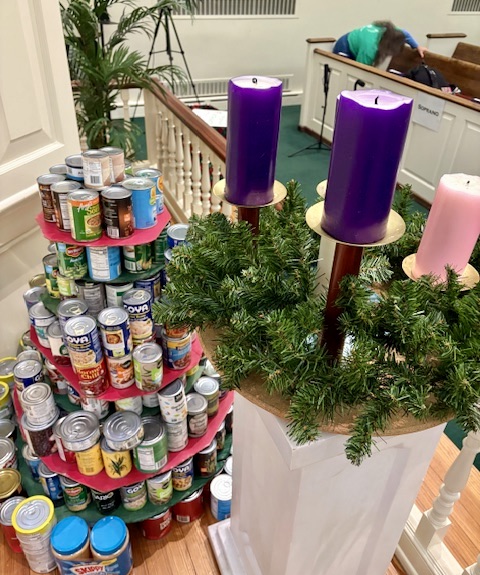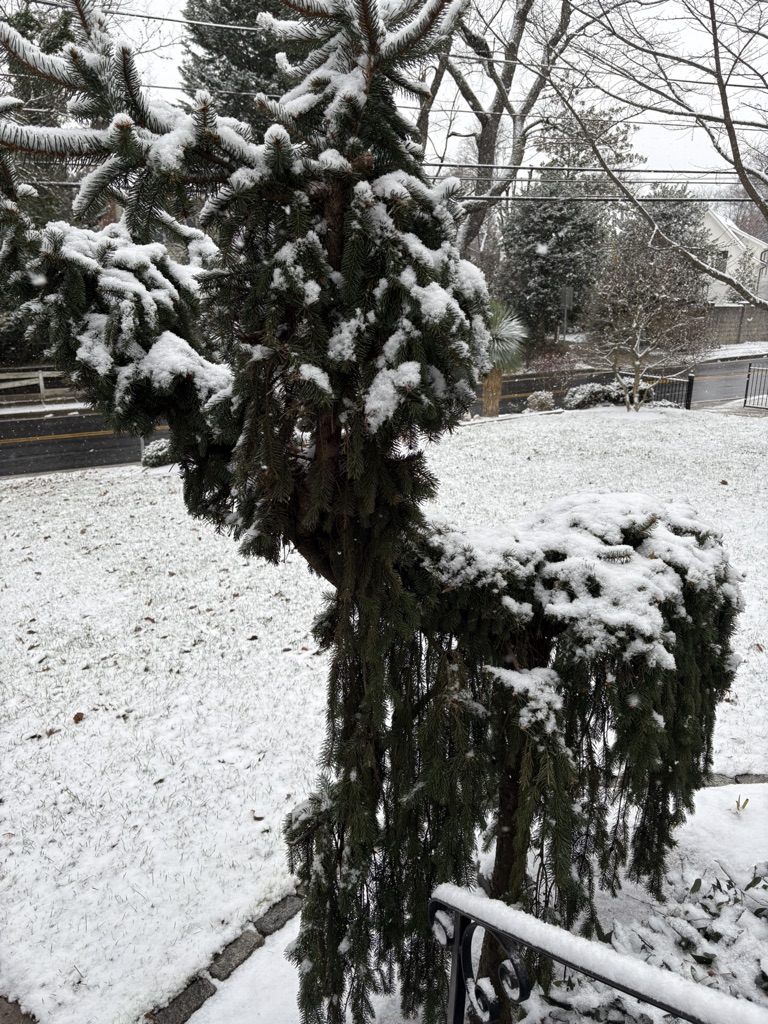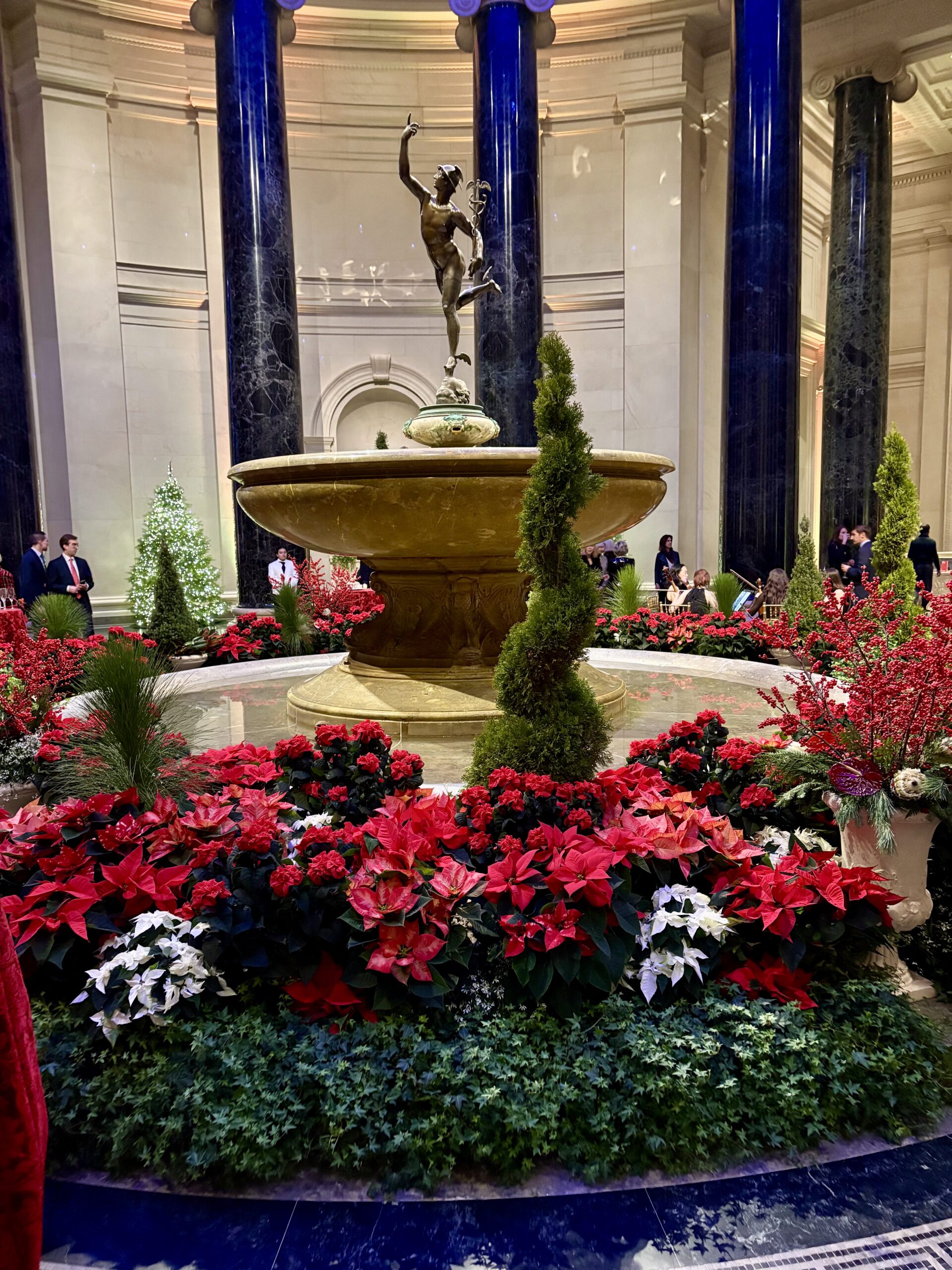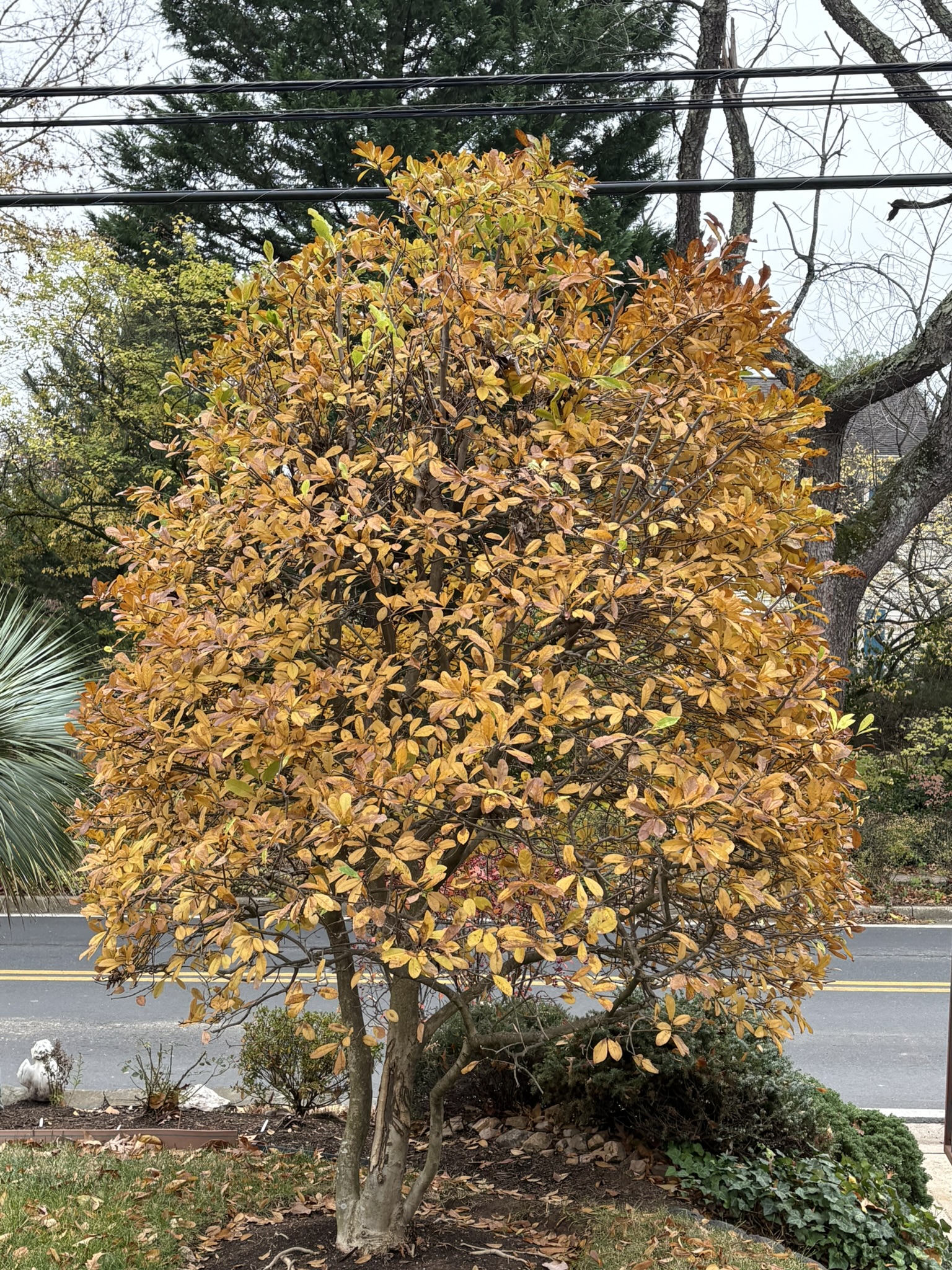Garrison Keillor calls Christmas a gift to America.
I agree. It causes us to pause, for just a moment from life’s routines ,and experience something different, perhaps deeply comforting.
A Season for Sharing
The season brings familiar sounds that set the tone for the entire month. Our local classical station, WETA, plays only Christmas arrangements for the week prior to the 25th.
This year Joan and I sing in two Messiah concerts. The second will be tomorrow on stage at the annual Kennedy Center’a community sing along with a full house of 2,500. The event is so anticipated that before the free online ticket distribution now, singers would start lining up at 5:00 AM the day the tickets were handed out.
Familiar music is just one element creating a more generous mood. Gifts are not limited to those near or dear. The heightened community spirit attracts solicitations of non-profits seeking support for efforts addressing multiple social needs.
Yesterday’s special Joy offering at church included four options: funds for retired ministers and staff, a DC charity serving immigrants, an area food bank or a 35-year partnership with Shokoho a Kenyan grade school in a remote farming area.
The postman brings requests from local organizations such as public broadcasting to worldwide–Doctors Without Borders. Every not-for-profit with which one has had some contact in life from colleges, museums, theaters, volunteer organizations and of course local medical providers remind us of prior associations.
Christmas brings forth people’s charitable instincts inspired by the spirit of the season. And sometimes assisted by yearend tax considerations.
A Time to Reflect
In addition to Messiah, the other anticipated event are performances of Charles Dickens A Christmas Carol. HIs characters Marley, Cratchit, Tiny Tim and especially Scrooge reflect the many circumstances still present today.
We saw a trational version that featured over 30 local performers at the Silver Spring Stage. The cast of all ages played to sold out audiences.
In this year’s adaptation the author showed that all three visits by the ghosts of Christmas’s past, present and future are necessary to understanding Scrooge’s character.
Every person, or organization has a legacy, present priorities and future aspirations. Meaning and purpose combine all three. If we overlook or are not aware of our past, present actions lose context and future efforts open-ended.
Understanding how we and the organizations to which we belong navigate the timeline we all travel is essential for meaning. And future hope.
A contemporary Wall Street representation of Dickens take is the 2000 movie The Family Man starring Nicolas Cage. Past, present and future are all in one story, one person. But unlike Scrooge’s awakening, this character’s future seems less clear.
This film captures our current era when meaning is secondary to personal and corporate triumph. The film might even seem familiar to sponsors of certain recent credit union transactions.
The Giving that Matters
Another reminder of this season is O Henry’s short story The Gift of the Magi.
It was published in 1905 during a period of political awakening to growing disparities in wealth and living circumstances. It is a story of a couple with no means searching for special christmas gifts for each. There is no reference to gold, frankincense or myrrh.
Rather it is a story about the most valuable gift anyone can offer another.
Garrison Keilor went on to describe why he called this season a gift to America: We experience a festival of kindness, and I sense this on the streets of New York and in the subway, I feel it in airports, the TSA agents take on a gentler tone, people are keenly aware of the elderly, the halt and lame, small children, the lost and confused, and if this strikes you as naïve, I apologize but it’s how this old man sees things.
I would only add that is how most commentators have seen this season throughout the ages. Sometimes the arc of life can bring wisdom, hopefully not only in old age.
